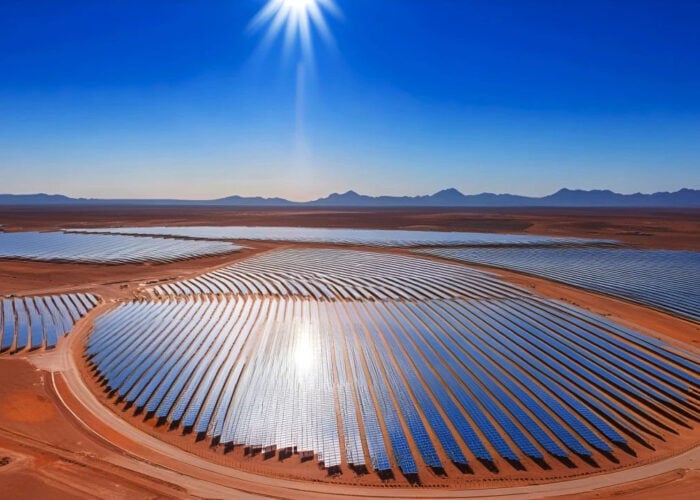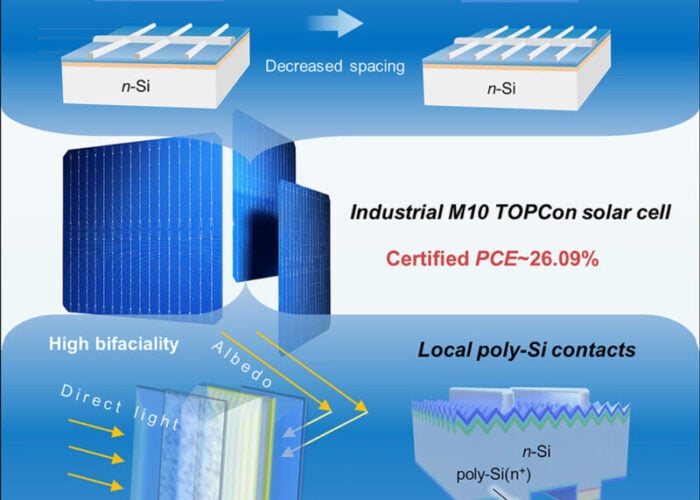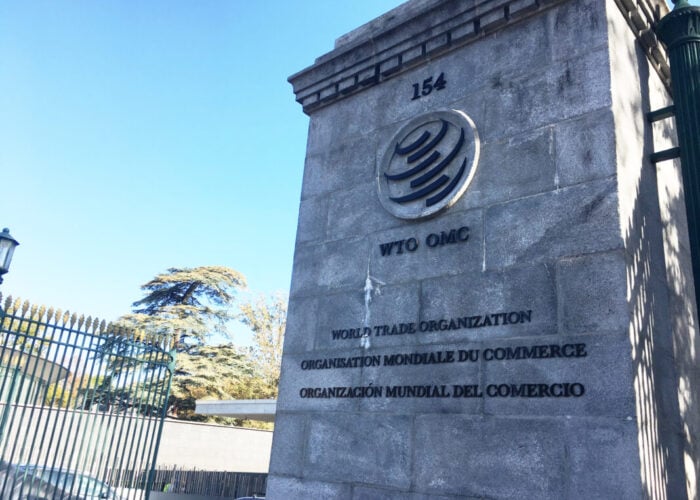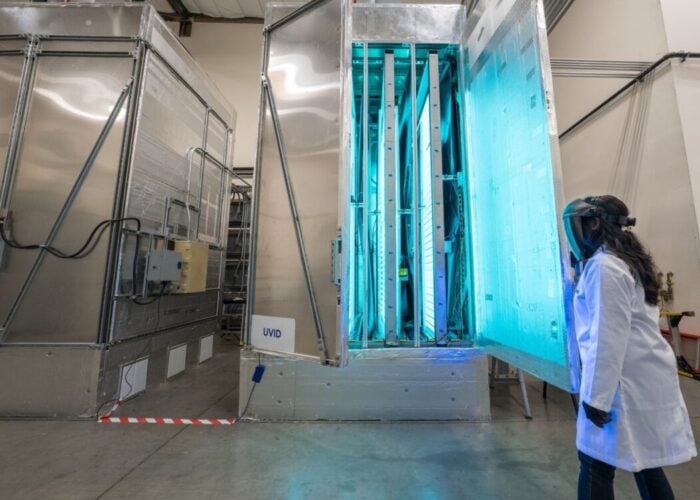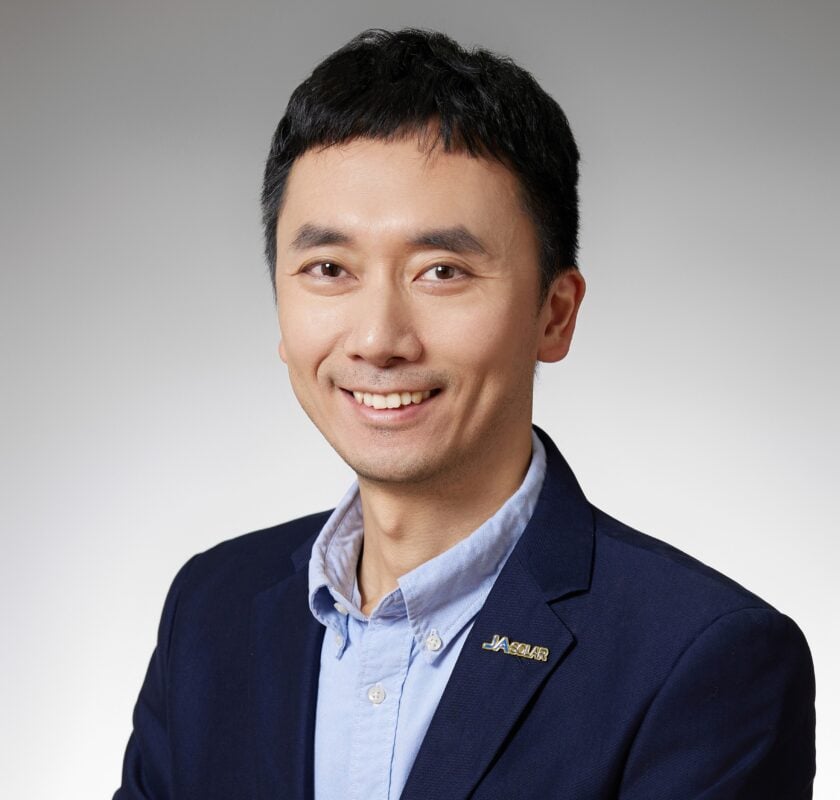
Like all Chinese module producers, JA Solar has been battling the headwinds of a supply-demand imbalance, inventory pressures and low product prices. During these difficult times, a consistent theme among manufacturers has been the need to keep on innovating to remain competitive and prepare the ground for the upturn that all hope is around the corner.
PV Tech spoke with JA Solar’s chief technology officer, Dr Zi Ouyang, about the company’s latest innovations and how it is laying the foundations of the next generation of PV technologies.
Try Premium for just $1
- Full premium access for the first month at only $1
- Converts to an annual rate after 30 days unless cancelled
- Cancel anytime during the trial period
Premium Benefits
- Expert industry analysis and interviews
- Digital access to PV Tech Power journal
- Exclusive event discounts
Or get the full Premium subscription right away
Or continue reading this article for free
PV Tech: What is the main focus of your research and development at the moment?
Zi Ouyang:In R&D, we’re always focused on two things. One is to keep pushing the limits of the efficiency and power output of our modules. The other area is customisation. We have identified four to five working scenarios, such as dust, high altitude, extreme cold, and also heat and humidity, because we think these are very important for our clients. We have to fine-tune our modules to make sure they’re reliable and performing well in these scenarios.
Hail is another area where PV module performance is being scrutinised more closely, given the increasing size of hailstones and the increased frequency of hailstorms. What have you done to make your modules more resilient to hail, and what testing do they undergo?
While solar PV is a key tool in combating climate change, we also recognise the new challenges it brings—such as more frequent and intense hailstorms. That’s why our R&D continues to evolve to meet these demands. As you mentioned, hailstones are getting larger and more frequent. To address this, we design our modules with tougher surfaces, enhanced encapsulant layers for added cushioning, and stronger cell structures. These designs undergo rigorous internal testing first, and once validated internally, we further certify them through accredited third-party institutions to ensure they meet global standards.
You mentioned your ongoing efforts to push the performance of your modules. Can you give some detail on that and how you transfer performance in the lab into mass production?
We have been pushing very hard on the theoretical limit. Last year we got a world record TOPCon cell efficiency of 25.6% from ISFH in Germany, which has set up a great foundation. We still hold very amazing open-circuit voltage record of 748mV, which is another benchmark for TOPCon. So that’s sort of best practice in the lab. We then try to find a simplified version which is manufacturable and affordable; I would not say a downgrade, but simplified for mass production.
What differentiates your TOPCon solution from others on the market?
You may see TOPCon everywhere, but it has different variations and every manufacturer does it differently. As you probably heard, we have a poly-finger design, and we tweak the front surface and the back. We also have edge passivation—you can have recombination at the cutting area, and we passivate it with different methods. We have different patented ways of tackling that.
Metallisation is another area where the industry is trying to save costs by developing new approaches. What are you developing in this area?
Metallisation is very important to us. We’re doing a lot of stuff on this, and probably if we speak again next year, I’ll be able to give you more details. But generally, one approach is to try to reduce the total consumption of the metal, whatever the metal being used. So we have stencil instead of screen printing, where we use more rigid opening to have a very fine, defined shape with fine lines. The other thing you’ve probably heard a lot about is the need to replace silver with copper or aluminium – that’s the second main area. The third is to have a completely different way of laying out [the module] – you can either have multi-busbar, SMBB [super-multi-busbar], which is kind of the standard now, and then zero-busbar. We are exploring next-generation interconnection technologies beyond today’s standard configurations, and we look forward to sharing more in near future.
You’re obviously heavily invested in TOPCon now, alongside much of the industry. How much further do you think TOPCon has to run, and what other technologies are you looking at?
JA Solar, a tier-one manufacturer, is one of the most influential players in solar PV R&D globally. If you can name it, we do it or we’ve researched it. Now, of course, we have TOPCon, which is mature, and we have a very big capacity. We have heterojunction, HJT, at the pilot production phase; we have back contact (BC) at the pilot production phase. We also have perovskites, and the efficiencies are pretty good.
The PV industry has its own Moore’s Law. And at JA Solar, we have our own “JA’s Law”. This year is our 20-year anniversary. In 2006, 2007, we started with aluminium back surface technology. And then we had PERC, now it’s TOPCon. And if you plot the efficiency of each year, you can see an amazingly linear line with a 0.4-0.5% efficiency improvement each year. This makes my job easier; I know, whether I like it or not, we will have to reach that efficiency number in 2026 and that number in 2030; I just need to find a way to realise it.
We think TOPCon will last for quite a while – three to five years. This year we also plan to have some BC capacity to test the market, in response to requests from our customers. Next year, 2026, we’ll have a little bit more. And the foundation is that it’s high efficiency but low bi-faciality, so for the rooftop there will be some market. And so BC will take its own share until the tandem kicks in.
So you think tandem is the next big step then?
I say tandem, personally as a scientist and as an engineer – not necessarily perovskites, but it has to be a tandem form. It will be silicon at the bottom and some large band-gap material on the top. We still have time to investigate this.
How does HJT fit into this roadmap?
HJT remains under active evaluation in our pilot production line. Based on our internal comparisons, we currently see greater potential for efficiency gains and scalability with technologies like TOPCon and back contact (BC). While HJT offers slightly higher lab-scale efficiency, the margin is not yet sufficient to justify a full-scale transition when considering cost, manufacturability, and overall performance.
That said, we have deep technical understanding of HJT—we’ve studied it side by side with our other technologies and could scale it up quickly if future market conditions support it.

